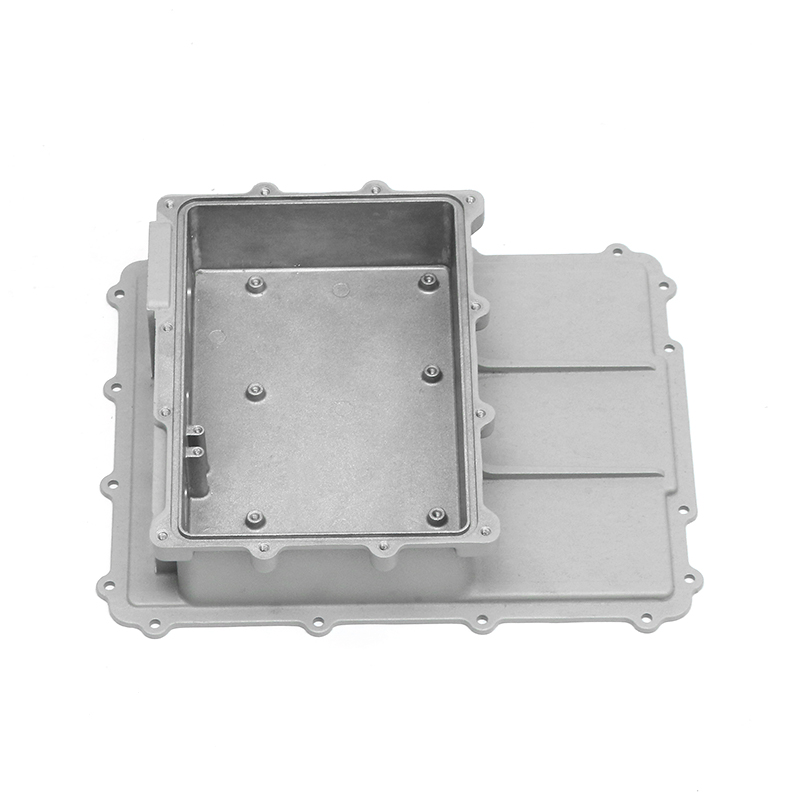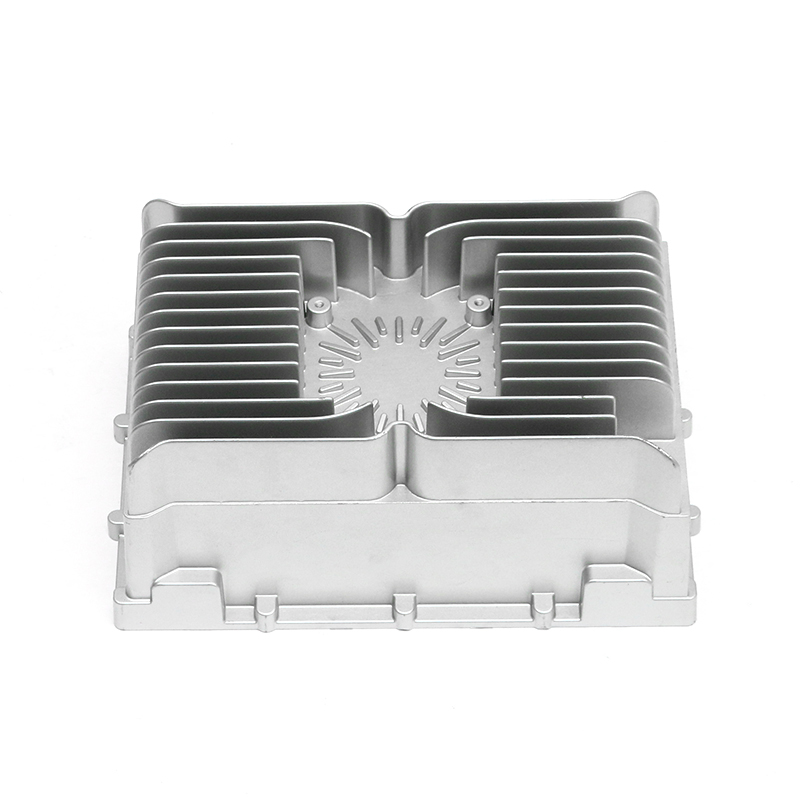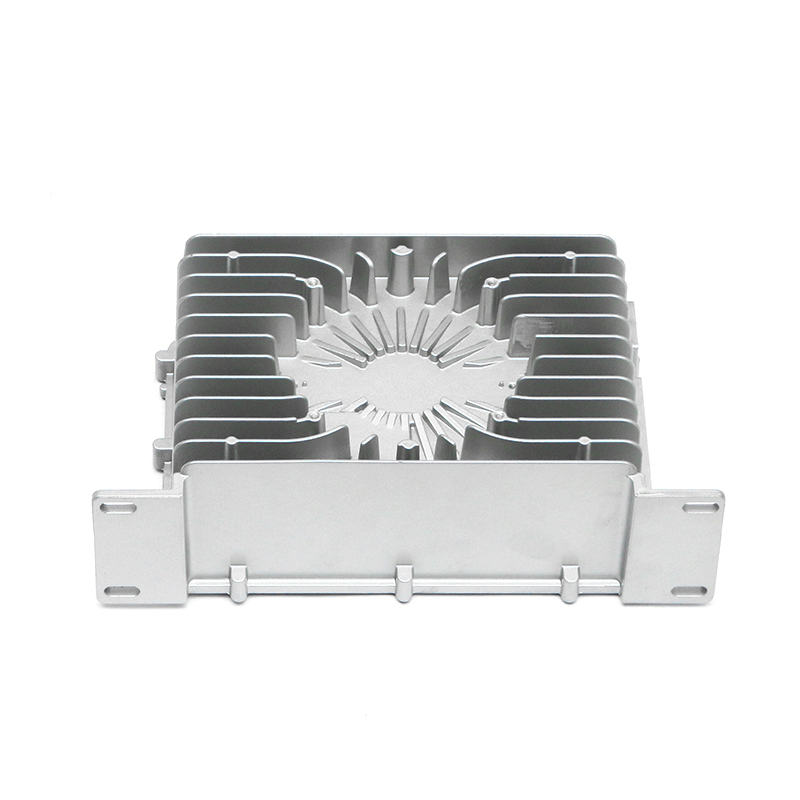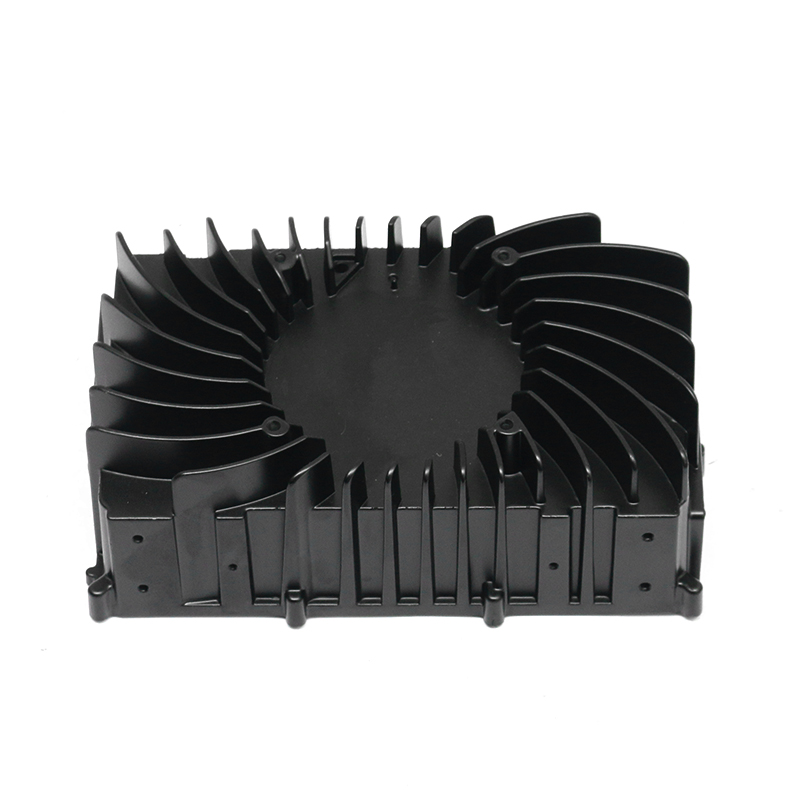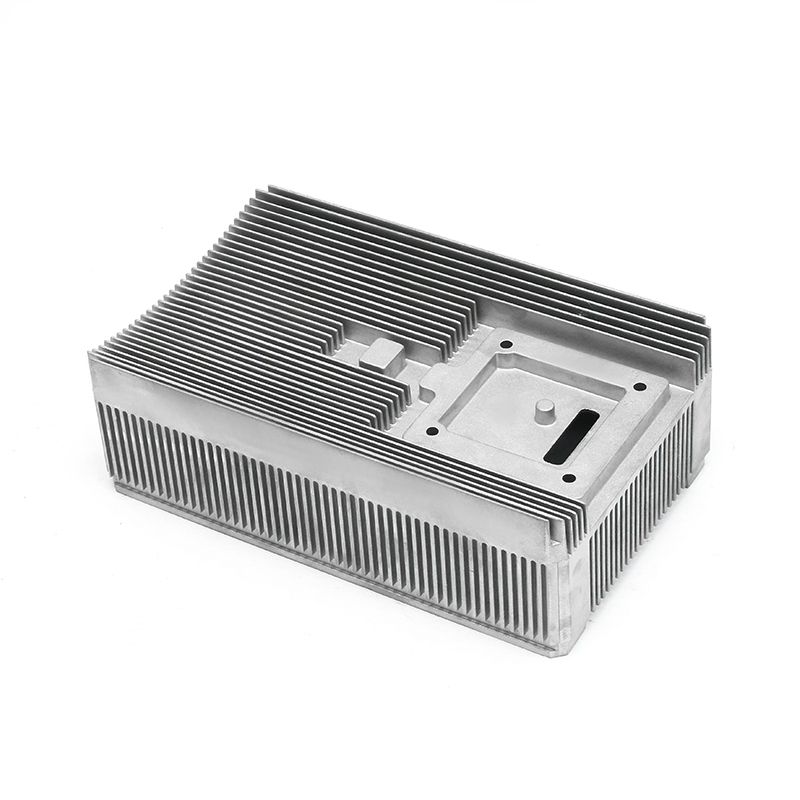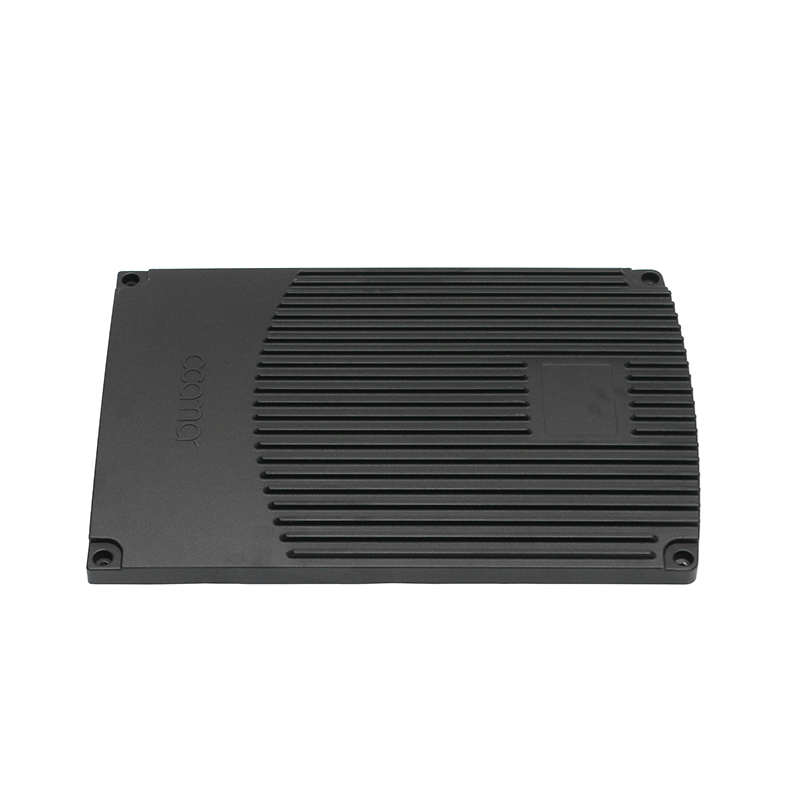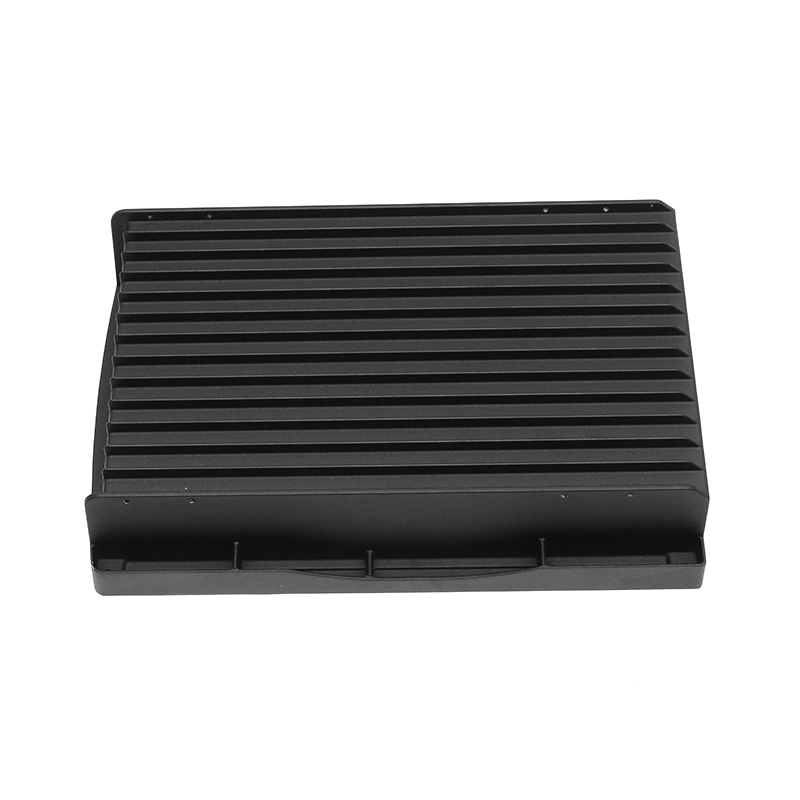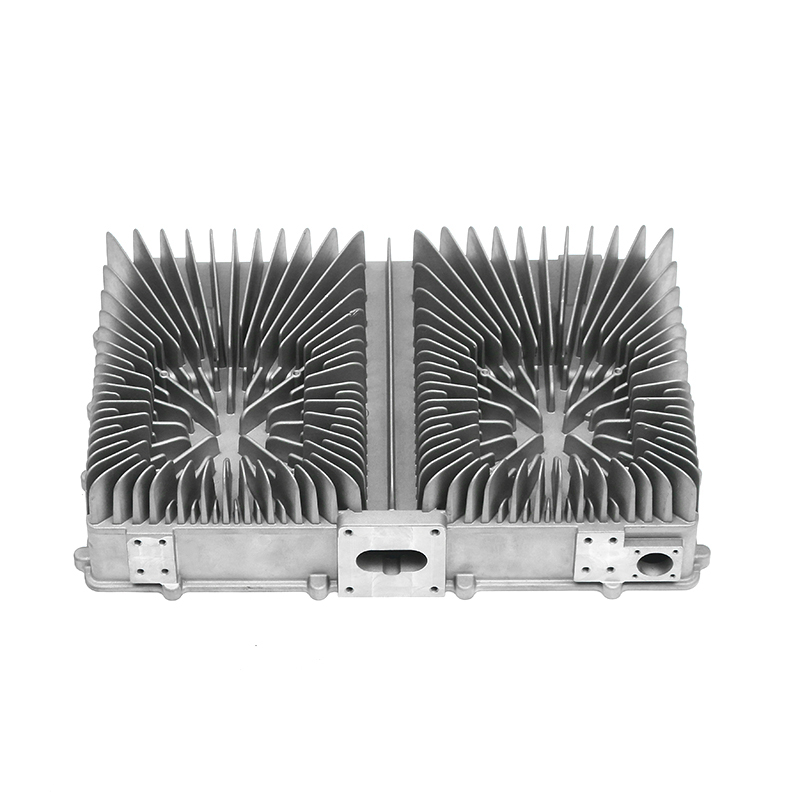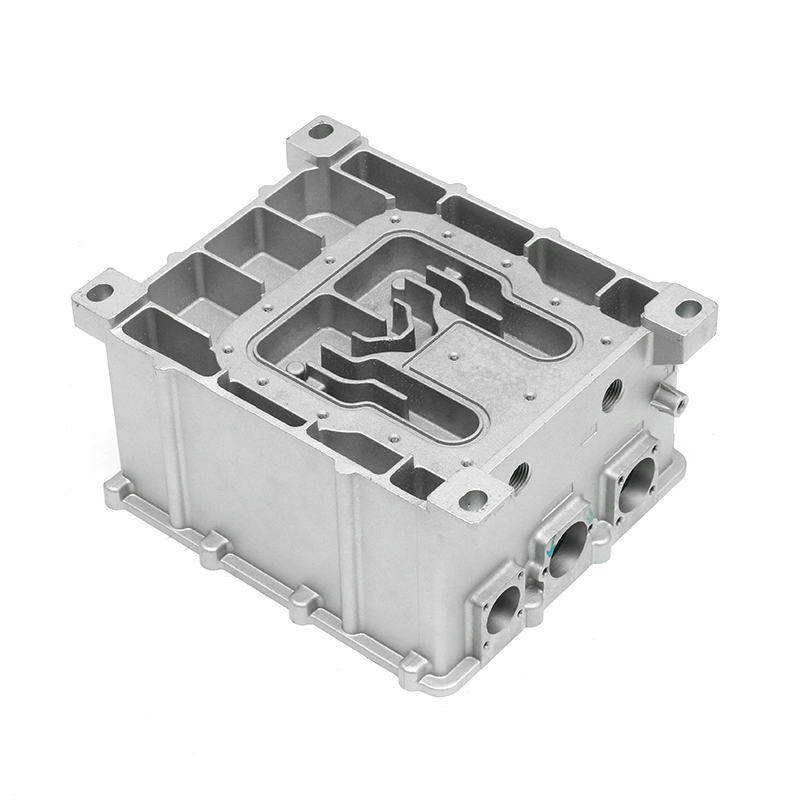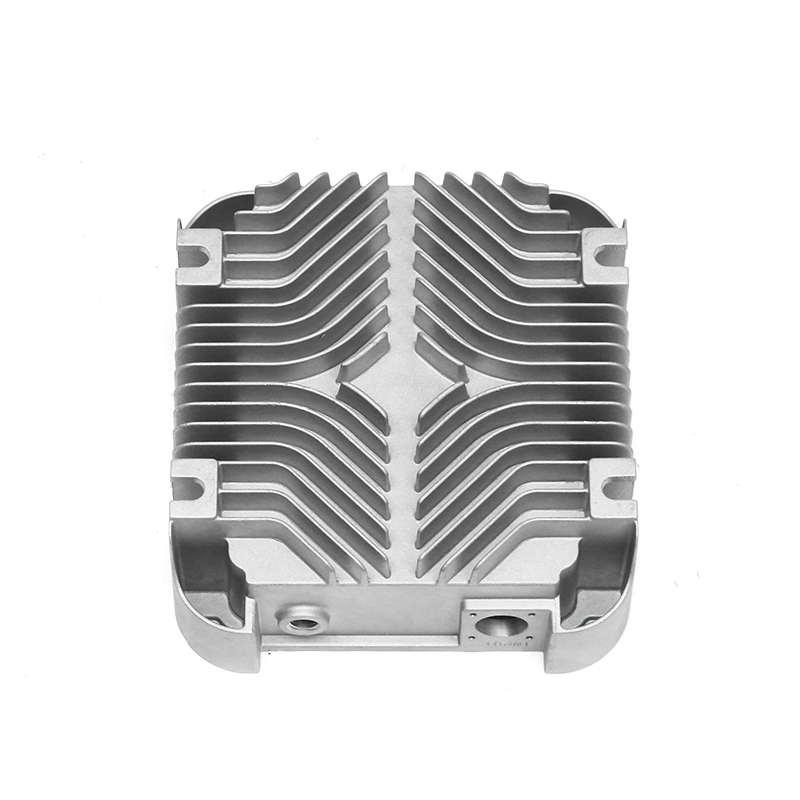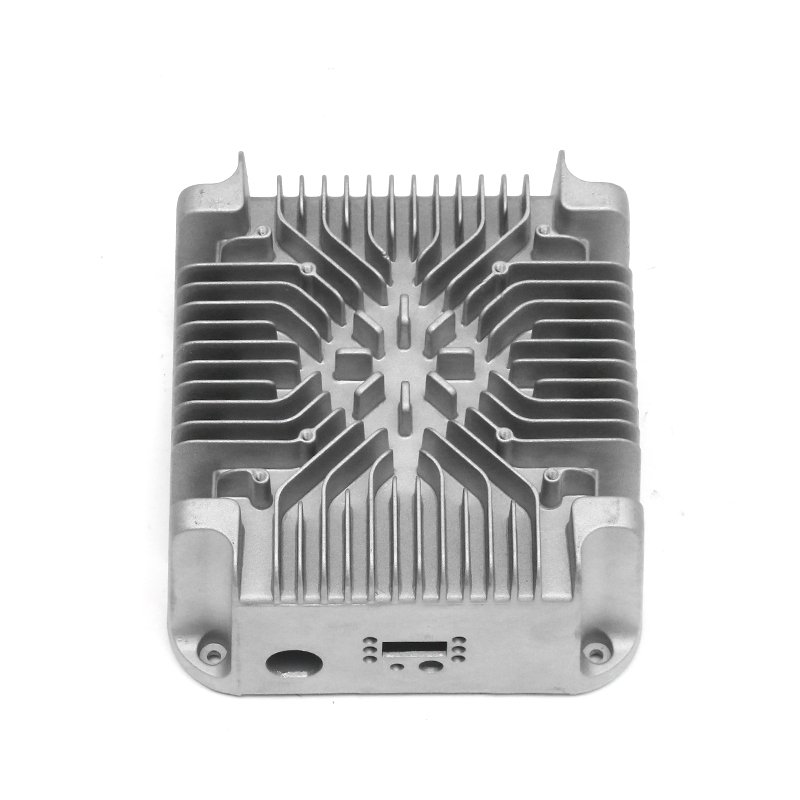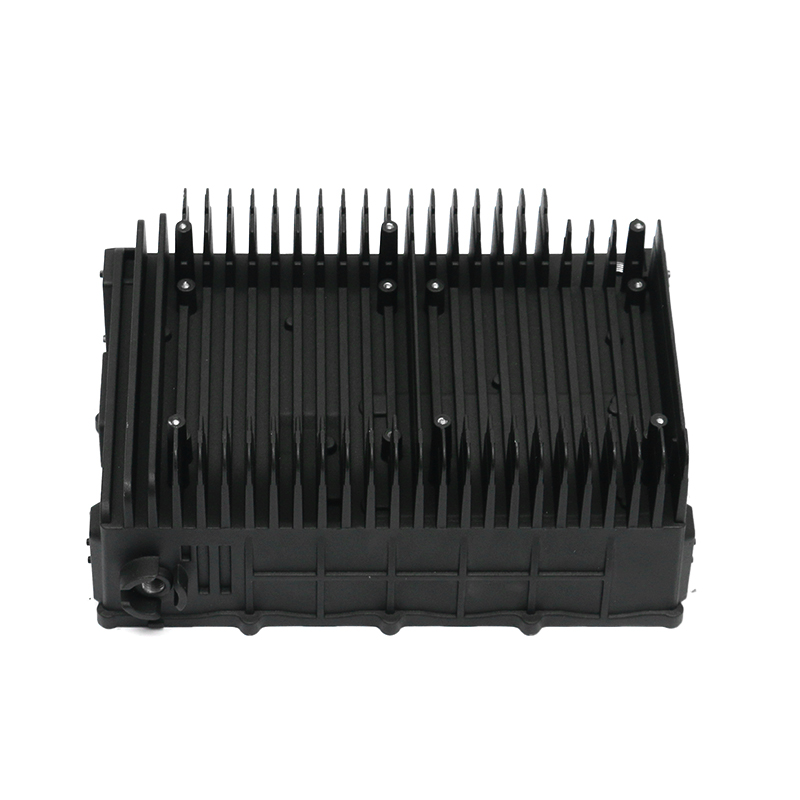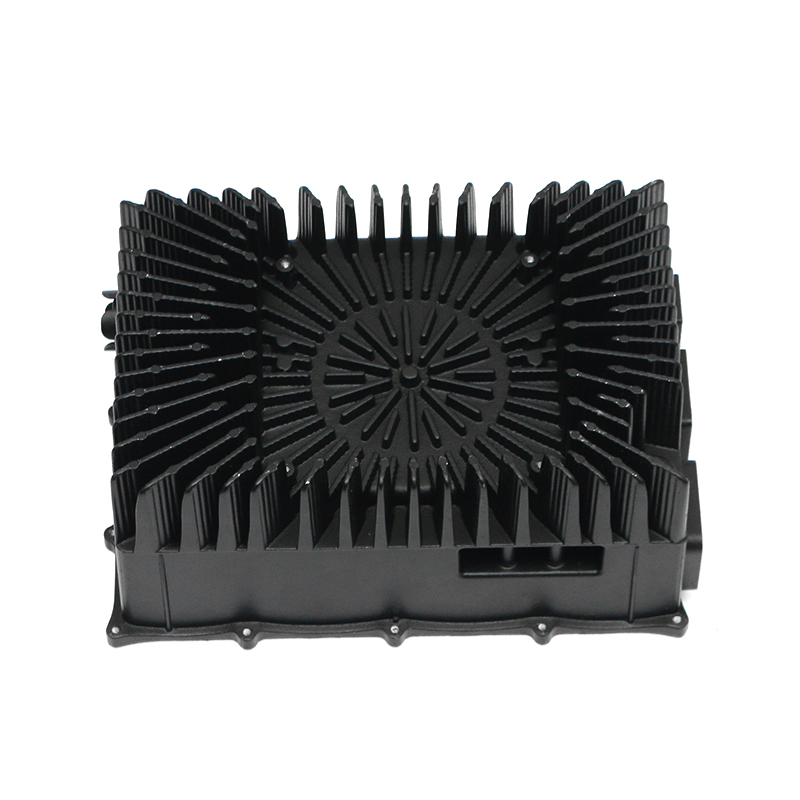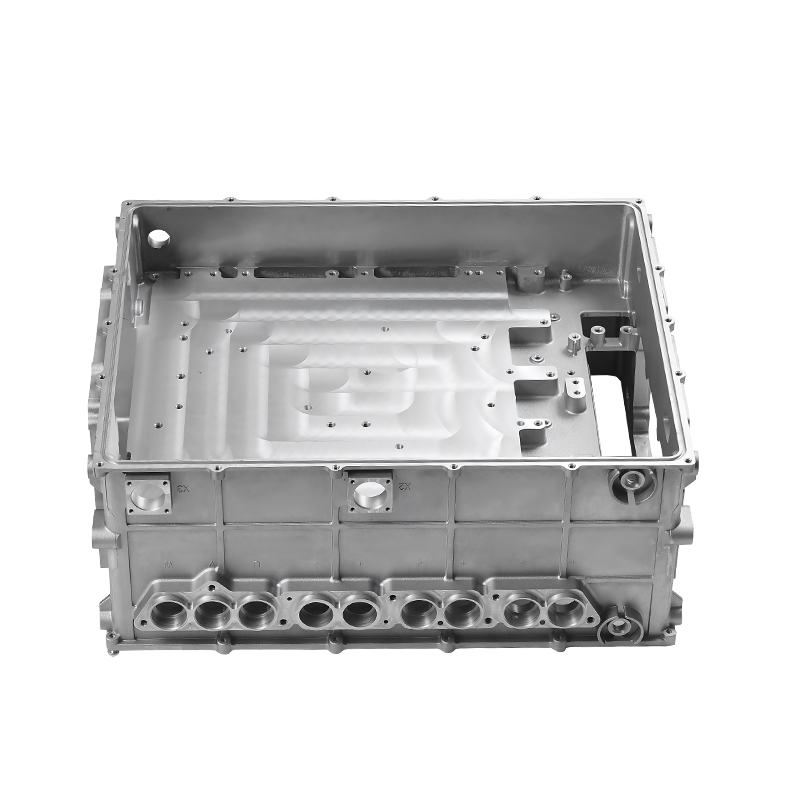Basic functions of new energy motor housing die castings
The basic function of new energy motor housing die castings in motors is to serve as the motor's housing and support structure, protect the electrical components inside the motor, and ensure its stability and safety during operation. The motor housing needs to have strength and durability to withstand the vibration, temperature changes and external pressure generated when the motor is running. It also has a certain degree of sealing, which can effectively prevent dust, moisture and other contaminants from entering the motor to ensure the normal operation of the motor.
The role of motor housing die castings in heat dissipation
New energy motors generate a lot of heat during operation, especially under high power and long-term operation. If the heat cannot be effectively dissipated, it may cause the motor to overheat, affect its performance or even damage it. Motor housing die castings usually use materials with good thermal conductivity (such as aluminum alloys), and through the design of reasonable heat sinks, heat sinks and other structures, help to export heat from the inside of the motor and keep the temperature of the motor within a reasonable range. This function is the key to ensuring the efficient operation of the motor.
Structural stability and protective function of motor housing die castings
During the operation process, especially in new energy motor applications, motors often need to withstand high mechanical stress and vibration. The motor housing die casting needs to have sufficient strength and rigidity to ensure the fixation and support of the internal components of the motor (such as rotors, stators, etc.) and not be affected by external impact. The sturdy housing structure can effectively reduce vibration and noise and ensure the smooth operation of the motor. In addition, the design of the motor housing also takes into account the protection function, especially for motors used in harsh environments, such as electric vehicles and wind power generation equipment, the motor housing can withstand external impact, corrosion and other harsh conditions.
Sealing performance of motor housing die castings
The motor housing die casting also plays a sealing role to prevent moisture, dust or other contaminants from entering the motor and damaging the motor components. Especially in new energy motors used outdoors (such as wind power generation, photovoltaic power generation, etc.), the sealing performance of the motor housing is particularly important. In this environment, the characteristics of waterproof, dustproof, and corrosion-resistant enable the motor to operate stably and for a long time under harsh conditions. By adopting a high-precision die-casting process, the motor housing can achieve a high degree of sealing, thereby protecting the internal components of the motor from damage.
Lightweight design of motor housing die castings
With the widespread application of new energy motors, lightweight design has become an important trend. Especially in the fields of electric vehicles and power tools, the weight of the motor directly affects the performance and efficiency of the overall equipment. The motor housing die casting adopts lightweight materials such as aluminum alloy and magnesium alloy, which has good strength and corrosion resistance and is light in weight. This helps to reduce the total weight of the motor and improve the energy efficiency and convenience of the equipment. Lightweight design can not only improve the competitiveness of the product, but also help reduce production costs and transportation costs.
Manufacturing process advantages of motor housing die castings
The production of new energy motor housing die castings usually adopts high-precision die casting process, which can realize the mass production of complex structures with high precision and good surface quality. Through the die casting process, the motor housing can produce high-quality parts in a shorter time, and the dimensional accuracy can ensure the precise matching of the motor components, thereby improving the performance of the motor. Compared with the traditional casting process, the die casting process has certain advantages in production efficiency, yield rate and cost control.
Electromagnetic shielding function of motor housing die castings
New energy motors will generate certain electromagnetic interference (EMI) during operation, which may affect the surrounding electronic equipment. The motor housing die casting can play a certain electromagnetic shielding role through reasonable design and material selection. The use of metal materials with good electrical conductivity (such as aluminum alloy) and sealing design can effectively reduce the propagation of electromagnetic interference, thereby improving the operating stability of the motor, especially in areas with high requirements for electromagnetic compatibility, such as electric vehicles, rail transit, etc.
Environmental adaptability of motor housing die castings
New energy motors are often used in extreme environments, such as high temperature, low temperature, high humidity, dust and other conditions. Motor housing die castings need to have good corrosion resistance and resistance to environmental changes. By using anti-corrosion coatings or selecting corrosion-resistant materials during the production process, the motor housing can resist the erosion of the external environment and extend the service life of the motor. Especially in new energy fields such as wind power generation and solar power generation, the environmental adaptability of the motor housing is particularly important to ensure that the motor can work stably under various climatic conditions.
Cost control and market competitiveness of motor housing die castings
In the production of new energy motors, motor housing die castings account for a large share of the cost. Therefore, how to reduce costs by optimizing design and production processes is an important issue facing manufacturers. By selecting suitable materials, optimizing die-casting processes, and reducing waste in the production process, the production cost of the motor housing can be effectively reduced and the market competitiveness of the product can be improved. At the same time, with the continuous advancement of manufacturing technology, the production efficiency of die-casting parts is also constantly improving, which helps to reduce production costs and meet the market demand for cost-effective products of new energy motors.
Future development direction of motor housing die-castings
With the continuous development of new energy technologies, the design and application of motor housing die-castings are also facing new challenges and opportunities. In the future, motor housings may develop in a more lightweight, high-performance, environmentally friendly and intelligent direction. For example, more advanced composite materials and intelligent monitoring technologies are used to improve the durability and safety of motor housings. In addition, with the rapid development of application fields such as electric vehicles and smart grids, the functional requirements of motor housings will become higher and higher. How to balance functionality, production efficiency and cost will be the key to future development.

